Fort Jesus
This colonial fort is an intriguing example of Renaissance military architecture.
The structure of Fort Jesus resembles the shape of a human body, with the head pointing toward the sea. The structure is an interesting blend of colonial and indigenous techniques. It’s a showcase of Renaissance military architecture built with locally available coral stone and lime mortar worked on using local techniques.
Fort Jesus was completed in 1596. It was commissioned by King Philip I of Portugal and designed by renowned architect Giovanni Battista Cairati. In the subsequent 300 years, the fort changed hands at least 10 times, with the Portuguese, Swahilis, Omani Arabs, and eventually British vying to own it. Possession of this strategic fort indicated the power a given government had in controlling trade over the Indian Ocean.
The original walls, which were designed to withstand cannon balls, used to be nearly 50 feet (15 meters) high, and the Omanis increased their height by nine feet. Eventually, the walls were used to not only keep invaders out, but to keep people in as well. The British converted the fort into a prison in 1895, and it served this purpose until 1958, when it was declared a national monument. And in 2011, the fort became a UNESCO World Heritage Site.
The fort in its current form is an amalgamation of European, African, and Middle-Eastern building styles, which blend seamlessly. The ramparts offer an expansive view of the Port of Mombasa. The rooms of the fort now house a museum shedding light to the history of the fort and Mombasa.
Know Before You Go
The museum is open daily from 8 a.m. to 6 p.m. You can find a map of its various exhibits here.





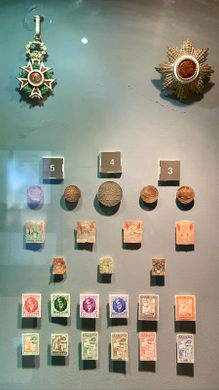



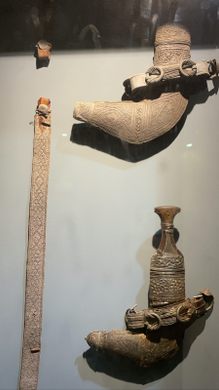



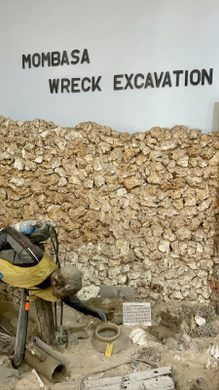

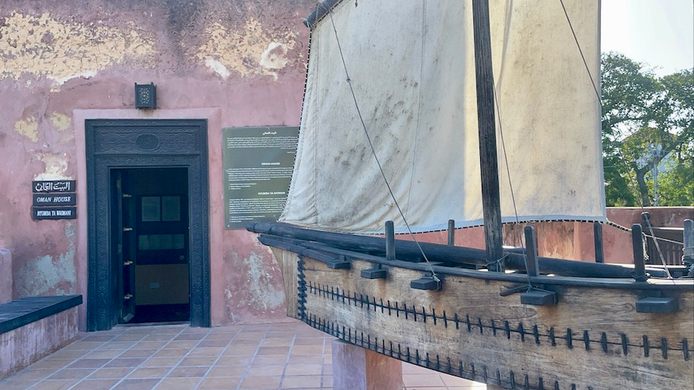




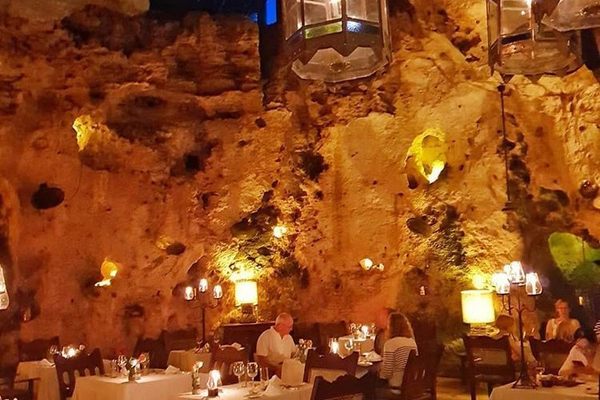



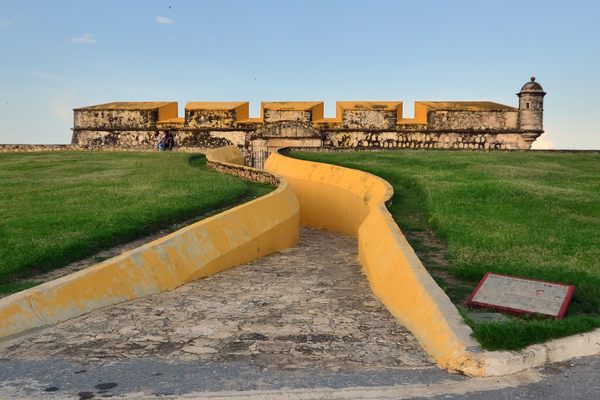
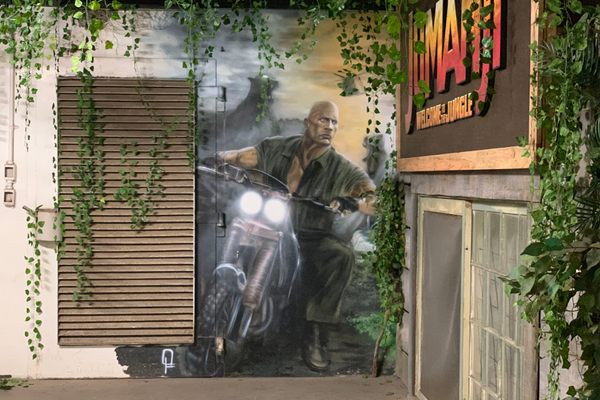

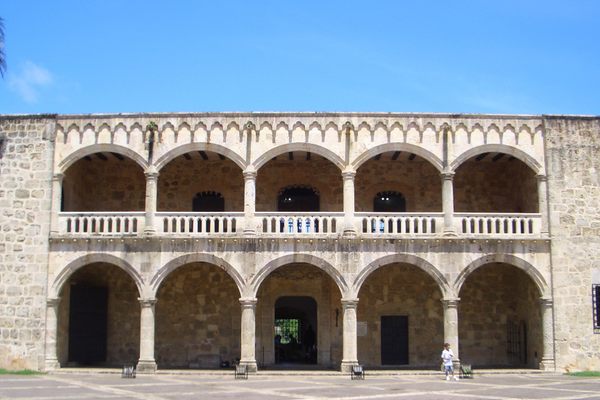

Follow us on Twitter to get the latest on the world's hidden wonders.
Like us on Facebook to get the latest on the world's hidden wonders.
Follow us on Twitter Like us on Facebook